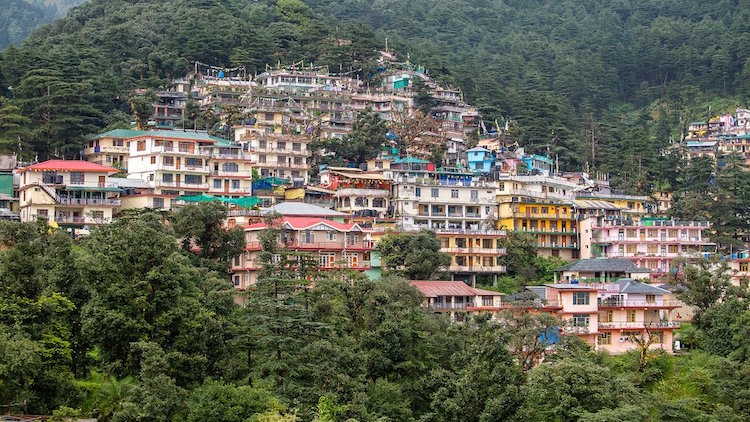Can India Create More Urban Forests?

By Neeta Lal/thethirdpole.net
During the virtual celebration of World Environment Day on June 5, Prakash Javadekar, India’s minister for environment, forests and climate change, launched the Nagar Van project. The scheme aims to create urban forest cover in 200 cities across the country in the next five years.
Oddly enough, in 2016 Javadekar launched the exact same scheme at a commemorative function at the Sanjay Gandhi National Park in Borivali, Mumbai. None of the experts The Third Pole’s correspondent spoke to were aware of any progress on the scheme. Nor is any government data available on what goals were achieved on planting “200 city forests” between 2016 and 2020. Despite the lack of progress, there is no denying the benefits of urban forests and the critical role they play in augmenting city life. Trees help moderate temperatures in cities, where heat radiated from concrete buildings and roads makes them warmer than the surrounding countryside, in a phenomenon called the urban heat island effect. They also whittle down levels of ozone, sulphur dioxide and particulate matter; remove large quantities of carbon dioxide from the atmosphere; and release oxygen. Metropolises worldwide are thus increasingly creating urban forests. Seoul, Singapore and Bangkok have built green corridors that provide space for nature and wildlife while improving the lives of city dwellers. Such initiatives are imperative given cities will host 68% of the world’s population by 2050, according to the United Nations.
Oddly enough, in 2016 Javadekar launched the exact same scheme at a commemorative function at the Sanjay Gandhi National Park in Borivali, Mumbai. None of the experts The Third Pole’s correspondent spoke to were aware of any progress on the scheme. Nor is any government data available on what goals were achieved on planting “200 city forests” between 2016 and 2020. Despite the lack of progress, there is no denying the benefits of urban forests and the critical role they play in augmenting city life. Trees help moderate temperatures in cities, where heat radiated from concrete buildings and roads makes them warmer than the surrounding countryside, in a phenomenon called the urban heat island effect. They also whittle down levels of ozone, sulphur dioxide and particulate matter; remove large quantities of carbon dioxide from the atmosphere; and release oxygen. Metropolises worldwide are thus increasingly creating urban forests. Seoul, Singapore and Bangkok have built green corridors that provide space for nature and wildlife while improving the lives of city dwellers. Such initiatives are imperative given cities will host 68% of the world’s population by 2050, according to the United Nations.

Latest Videos
















